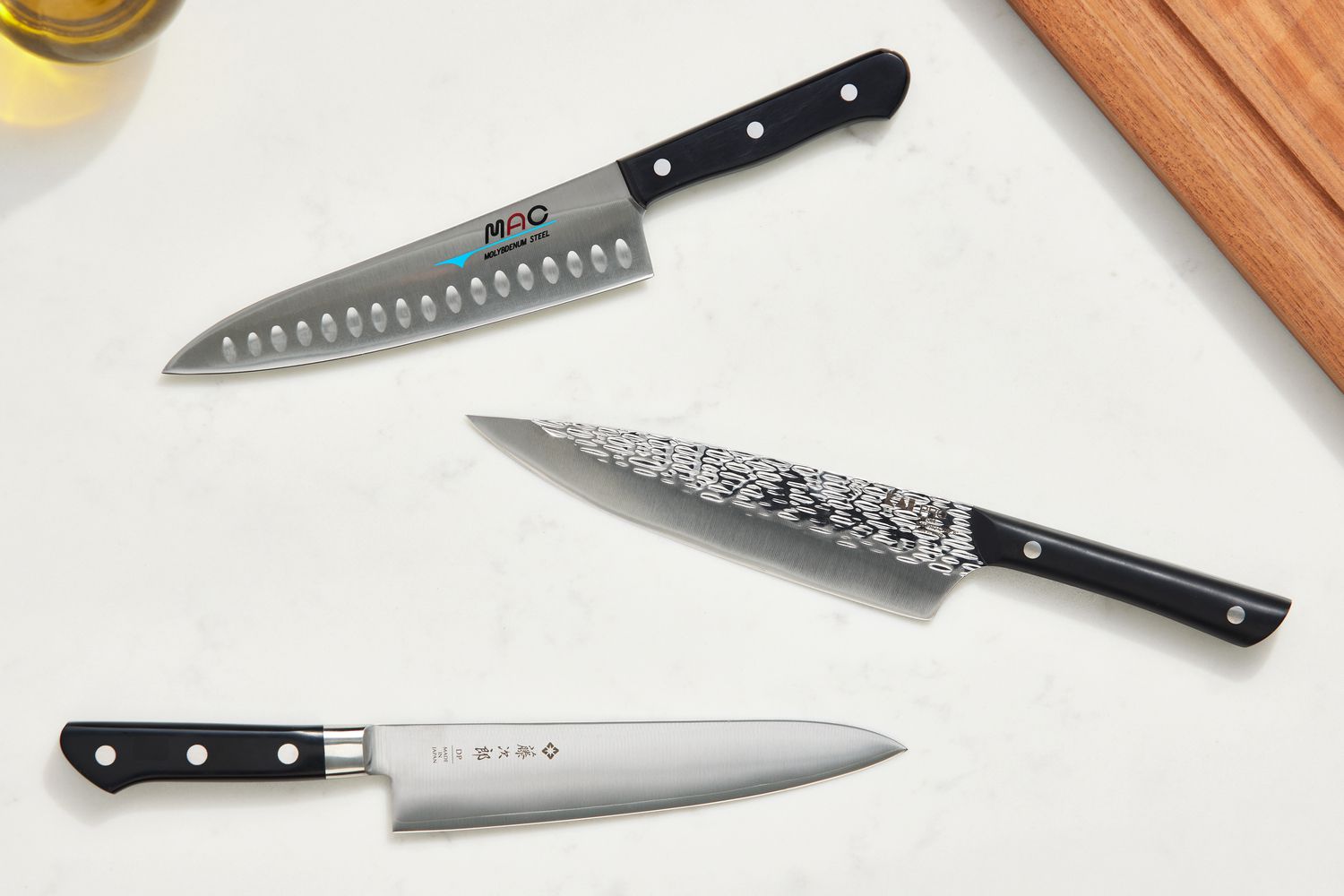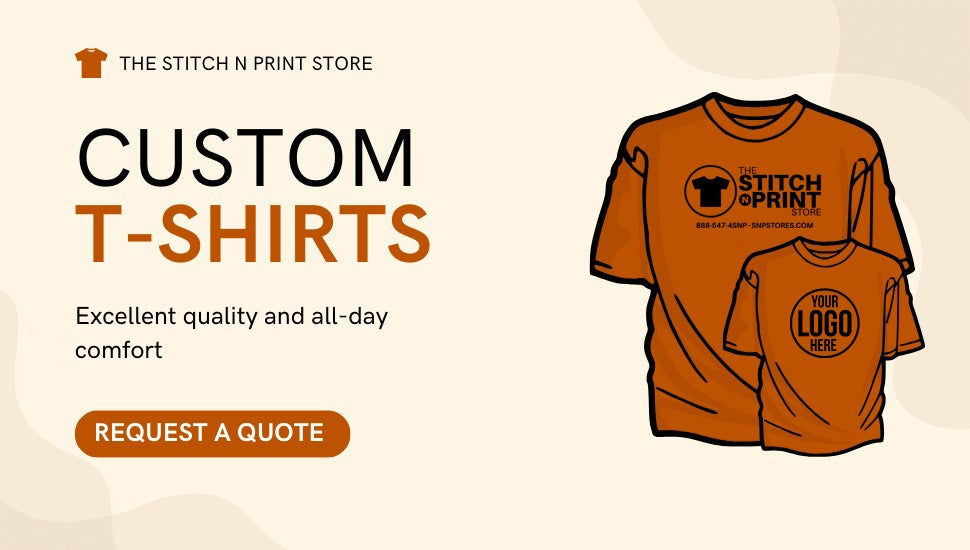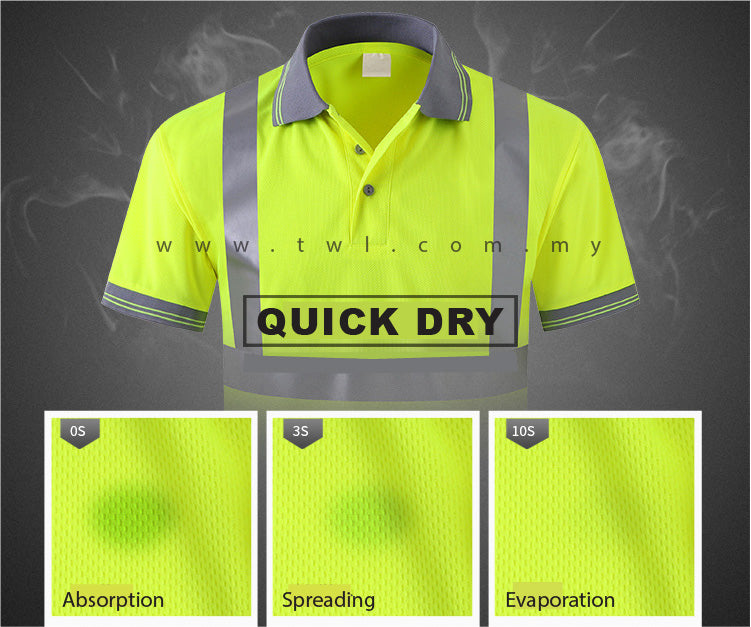As a home cook, investing in a high-quality chef's knife is one of the most important decisions you can make. A good chef's knife will make your food preparation easier, faster, and more enjoyable. It will also help you create more beautiful and delicious meals. But with so many different knives on the market, it can be hard to know which one is right for you. In this guide, we will discuss the different factors to consider when choosing a chef's knife, and we will recommend some of the best high-quality knives for home cooks.
Essential Features to Look for in a Chefs Knife
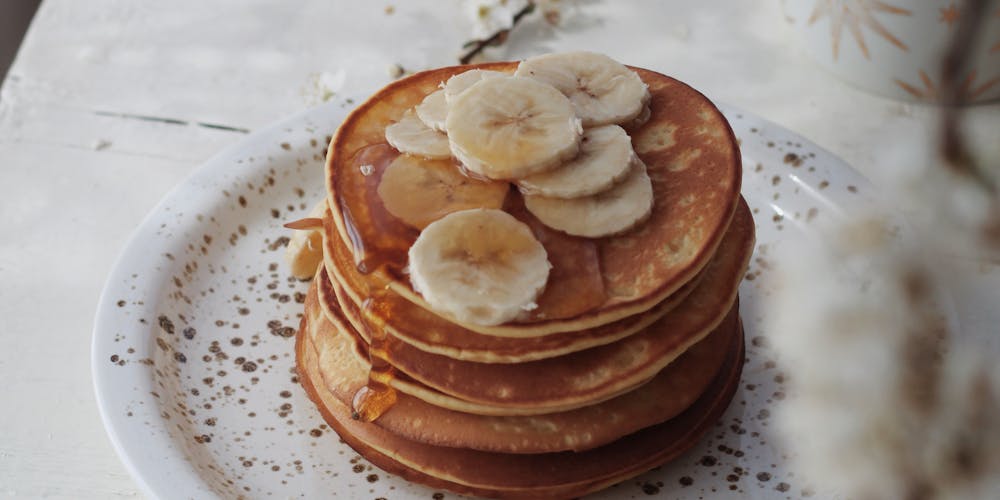
When it comes to choosing a chefs knife, there are a few essential features that you should pay attention to. These features will determine the quality and functionality of the knife, and ultimately, how well it performs in your kitchen. Here are the key factors to consider:
Blade Length
The blade length of a chef's knife is typically between 6 and 12 inches. The ideal blade length for you will depend on the size of your hands and the types of food you cook most often. A longer blade is better for slicing and dicing larger ingredients, while a shorter blade is more suitable for precise tasks like chopping herbs and smaller vegetables.
Blade Shape
The blade shape of a chef's knife can vary depending on the brand and style of the knife. Some of the most common blade shapes include the French knife, the German knife, and the Japanese knife. Each shape has its own unique characteristics and uses. For example, a French knife has a curved edge that makes it perfect for rocking motions while cutting, while a Japanese knife has a straighter edge that excels at precision cuts.
Handle Design and Ergonomics
The handle of a chef's knife is an important factor to consider, as it can greatly impact your comfort and control while using the knife. Look for a handle that feels comfortable in your hand and provides a good grip, even when your hands are wet or slippery. The handle should also be well-balanced with the blade to ensure proper weight distribution.
Materials and Construction
The materials used to make a chef's knife will determine its overall quality and durability. The most common blade materials include carbon steel, stainless steel, and ceramic. Carbon steel is known for its sharpness and edge retention, but it requires more maintenance to prevent rusting. Stainless steel is durable and easy to maintain, but it may not hold its edge as long as carbon steel. Ceramic is extremely hard and retains its sharpness for a long time, but it is more prone to chipping and breaking.
Sharpening and Maintenance
To keep your chef's knife performing at its best, you'll need to sharpen and maintain it regularly. Some knives come with a factory edge that will last for a while, but eventually, it will need to be sharpened. You can either learn how to sharpen your knife yourself using a whetstone or take it to a professional. Additionally, make sure to clean and dry your knife after each use and store it properly to prevent damage and maintain its longevity.
Types of Chefs Knives and Their Uses

There are several types of chefs knives that vary in shape, size, and purpose. Knowing the differences between these types will help you determine which one is best suited for your cooking needs.
French Knife (Chef's Knife)
The French knife, also known as a chef's knife, is the most versatile type of chefs knife. It has a curved blade with a pointed tip, making it ideal for rocking motions while cutting. This type of knife is great for general chopping, slicing, and dicing, and can handle both large and small ingredients.
German Knife (Santoku Knife)
The German knife, also known as a santoku knife, is similar to a French knife but has a straighter edge and a more squared-off tip. This type of knife is best for precise and delicate tasks like mincing herbs and vegetables, and it can also handle slicing and dicing.
Japanese Knife (Gyuto Knife)
The Japanese knife, also known as a gyuto knife, has a long, slender blade with a straight edge. It is designed for precision cutting and is perfect for intricate tasks like filleting fish or thinly slicing meat. However, it may not be as versatile for everyday use as the French or German knife.
Materials and Construction: Choosing the Right Blade
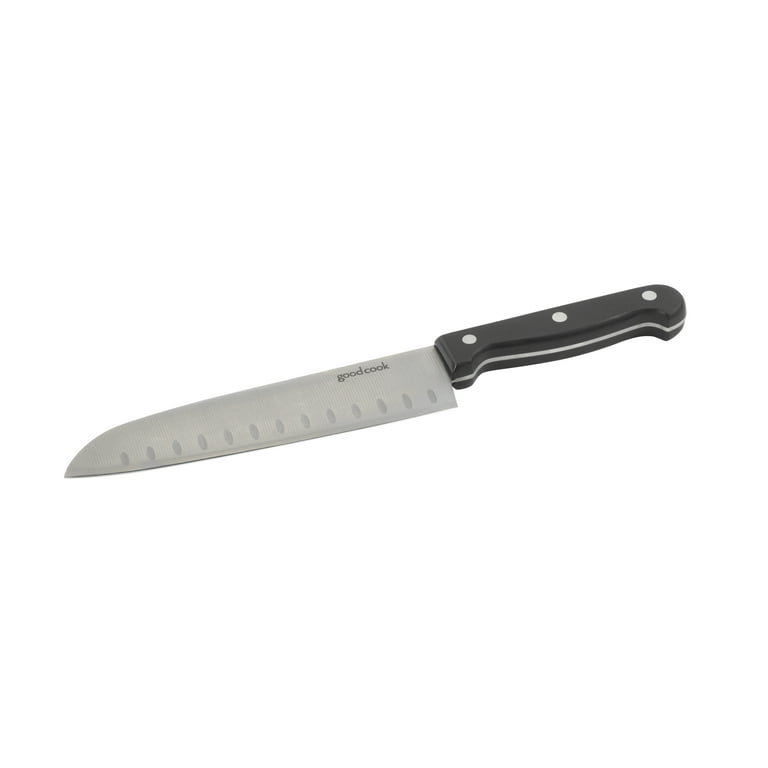
When it comes to the materials and construction of a chef's knife, there are a few factors to consider. These include the type of steel used, the manufacturing process, and the overall design of the knife.
Steel Types
As mentioned earlier, the most common blade materials for chef's knives are carbon steel, stainless steel, and ceramic. Each material has its own pros and cons, so it's important to understand them before making your decision.
Carbon steel is widely regarded as the best material for chef's knives due to its ability to hold a sharp edge and maintain it for a long time. However, it requires more maintenance to prevent rusting and staining. Stainless steel, on the other hand, is low maintenance and resistant to rust and staining, but it may not hold its edge as long as carbon steel. Ceramic blades are extremely hard and retain their sharpness well, but they are prone to chipping and breaking if not handled carefully.
Manufacturing Process
The way a knife is made can also greatly impact its quality and performance. Knives that are forged from a single piece of steel tend to be of higher quality than those that are stamped from a sheet of steel. Forged knives are typically more durable and have better balance and weight distribution, making them easier to use for extended periods.
Design
The overall design of a chef's knife is also important. Look for a knife with a full tang, meaning the metal extends from the blade all the way through the handle. This adds strength and stability to the knife and helps with balance. Additionally, consider the shape and size of the handle, as well as any ergonomic features that may enhance comfort and control while using the knife.
Handle Design and Ergonomics: Enhancing Comfort and Control
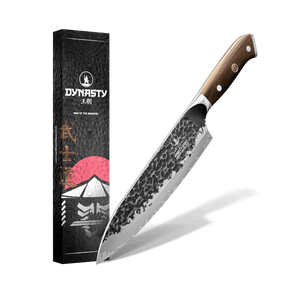
The handle of a chef's knife plays a crucial role in its overall performance. A comfortable and well-designed handle will make it easier to use the knife for extended periods without causing fatigue or discomfort. When choosing a handle, consider these factors:
- Material: Handles can be made from various materials such as wood, plastic, or composite materials. The most important thing is that it feels comfortable and provides a good grip.
- Shape: Handles come in different shapes and sizes, so try holding a few options to see which one feels best in your hand. It should feel secure and not slip around while you're using it.
- Ergonomic Features: Some handles have added features like finger grooves or a textured surface to enhance grip and prevent slipping. These can be beneficial for those who have smaller hands or struggle with grip strength.
Sharpening and Maintenance: Keeping Your Knife Sharp and Effective

To keep your chef's knife performing at its best, regular sharpening and maintenance are essential. Here are some tips for keeping your knife sharp and effective:
- Use a honing steel: A honing steel is a long, narrow rod that is used to realign the edge of a blade. It does not actually sharpen the knife, but it helps maintain its sharpness between sharpenings.
- Know when to sharpen: As a general rule, you should sharpen your knife when it starts to feel dull or is not cutting as effectively. This will vary depending on how often you use the knife and the type of blade material.
- Practice proper knife techniques: Using the correct cutting technique can also help maintain the sharpness of your knife. Avoid using a sawing motion and instead use a gentle rocking motion while cutting.
- Store your knife properly: When not in use, store your knife in a designated knife block or sheath. This will protect the blade from damage and keep it safe.
Safety Tips for Using a Chefs Knife
:max_bytes(150000):strip_icc()/Web_1500-SEA-GroupShot-RussellKilgore-331-8006598b9f5345c6bf404caea0f0c9c2.jpg)
Proper safety measures should always be taken when handling a chef's knife. Here are some important tips to keep in mind:
- Always use a cutting board: Never cut directly on a countertop or plate, as this can damage the blade and potentially cause injury.
- Cut away from your body: When using a chefs knife, always cut away from your body to avoid any accidents.
- Keep your fingers out of the way: Pay attention to where your fingers are positioned while cutting, and make sure to keep them away from the blade at all times.
- Use the right knife for the task: Each type of chefs knife is designed for specific tasks, so make sure to use the appropriate one to prevent accidents and ensure optimal performance.
Top Brands and Models: A Comparison of High-Quality Chefs Knives
Now that we've covered the essential features and considerations for choosing a chef's knife, let's take a look at some of the top brands and models on the market.
| Brand | Model | Blade Material | Blade Length | Handle Material | Price |
|---|---|---|---|---|---|
| Wüsthof | Classic 8" Chef's Knife | High-carbon stainless steel | 8 inches | Polypropylene | $149.95 |
| Zwilling J.A. Henckels | Pro 8" Chef's Knife | High-carbon stainless steel | 8 inches | Polypropylene | $149.95 |
| Shun | Classic 8" Chef's Knife | VG-MAX super steel | 8 inches | PakkaWood | $179.95 |
| Global | G-2 8" Chef's Knife | CROMOVA 18 stainless steel | 8 inches | Stainless steel | $159.99 |
| Victorinox | Fibrox Pro 8" Chef's Knife | High-carbon stainless steel | 8 inches | Fibrox handle | $44.95 |
These are just a few examples of high-quality chefs knives that are recommended by both professional chefs and home cooks. Each of these brands offers a variety of models, so be sure to do some further research to find the one that best suits your needs and budget.
Care and Storage: Preserving the Longevity of Your Knife

To ensure that your chef's knife stays in top condition for as long as possible, proper care and storage are essential. Here are some tips to help you preserve the longevity of your knife:
- Hand wash and dry: Always hand wash your knife with warm water and mild soap after each use. Avoid using the dishwasher, as it can damage the blade and handle.
- Avoid abrasive surfaces: Cutting on hard surfaces like stone or glass can dull your knife quickly, so always use a cutting board.
- Store properly: As mentioned earlier, store your knife in a designated block or sheath when not in use. This will protect the blade from damage and keep it safe.
- Oil the blade: If you have a carbon steel blade, make sure to oil it regularly to prevent rusting.
- Sharpen when needed: Keep an eye on the sharpness of your knife and sharpen it when necessary to maintain its effectiveness.
FAQs About Chefs Knives for Home Cooks
Q: How often should I sharpen my chef's knife? A: This will depend on how often you use your knife and the type of blade material. As a general rule, it's recommended to sharpen your knife every 3-6 months.
Q: Can I put my chef's knife in the dishwasher? A: No, it's not recommended to put your knife in the dishwasher as it can damage the blade and handle. Always hand wash and dry your knife after each use.
Q: What is the best blade material for a chef's knife? A: Many professional chefs prefer carbon steel due to its ability to hold a sharp edge for longer. However, stainless steel is also a popular choice for its durability and low maintenance.
Q: How should I store my chef's knife? A: It's best to store your knife in a designated block or sheath when not in use. This will protect the blade from damage and keep it safe.
Conclusion
Investing in a high-quality chef's knife is crucial for any home cook. With so many options available, it's important to consider factors such as blade length, shape, materials, handle design, and safety features when choosing the right knife for you. By following the tips and recommendations in this guide, you can find the perfect chef's knife that will make your food preparation easier, faster, and more enjoyable for years to come. Happy cooking!


